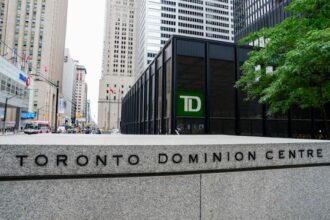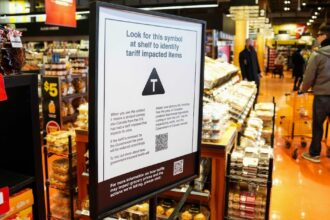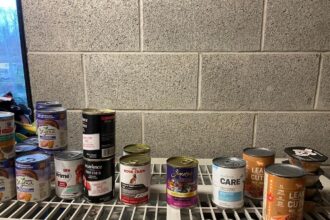The Alberta economic landscape remains in a delicate balance as June inflation figures reveal a province navigating crosscurrents of opposing price pressures. At 2.4%, Alberta’s inflation rate held steady from May, maintaining its position below the national average of 2.7% but revealing significant shifts beneath the surface.
“What we’re seeing is essentially two powerful forces cancelling each other out,” explains University of Calgary economist Trevor Tombe. “Falling gasoline prices provided Albertans relief at the pumps, but this was offset almost entirely by accelerating shelter costs that continue to squeeze household budgets.”
At gas stations across the province, prices dropped 6.3% compared to June 2023, representing the largest year-over-year decline since April 2023. This decrease comes as global oil markets stabilize and refineries increase production capacity following maintenance shutdowns earlier this spring.
Meanwhile, the shelter component continues its upward trajectory, rising 5.2% compared to last year. Mortgage interest costs increased 16.2% year-over-year, though the pace has moderated from the 25.6% increase recorded in January. Renters found little relief as rental costs climbed 7.3%, reflecting Alberta’s tight housing market amid strong population growth.
Food inflation, a persistent concern for Alberta families, moderated to 2.5% – the lowest reading since March 2021. The cost of groceries rose just 1.9%, with notable price decreases in fresh vegetables (-4.2%) and dairy products (-1.3%).
“The moderation in food prices represents a significant positive development for household budgets,” notes ATB Financial chief economist Mark Parsons. “However, this benefit is being eroded by the persistent pressure from housing costs, which represent roughly a third of the average household’s expenditures.”
The Bank of Canada’s recent decision to cut its key interest rate by 25 basis points to 4.75% marks the beginning of what many economists expect to be a gradual easing cycle. This move may eventually provide relief to variable-rate mortgage holders and potentially slow the pace of shelter inflation in coming months.
For Edmonton resident Martina Kavanagh, the inflation figures reflect her lived experience. “I definitely notice groceries aren’t going up as quickly as before, which is a relief. But my rent just increased by $150 a month, so any savings at the grocery store are going straight to housing.”
Looking ahead, Alberta’s inflation outlook remains tied to these competing forces – potential relief from interest rate cuts versus continued pressure from a housing market struggling to keep pace with population growth.
Will Alberta’s steady inflation rate translate to meaningful cost-of-living improvements for residents, or will the shifting composition of price pressures continue to challenge household budgets regardless of the headline number? For many Albertans, the answer may depend less on the overall inflation rate and more on which specific costs dominate their personal spending patterns in the months ahead.
For more economic analysis and Alberta business news, visit CO24 Business.










